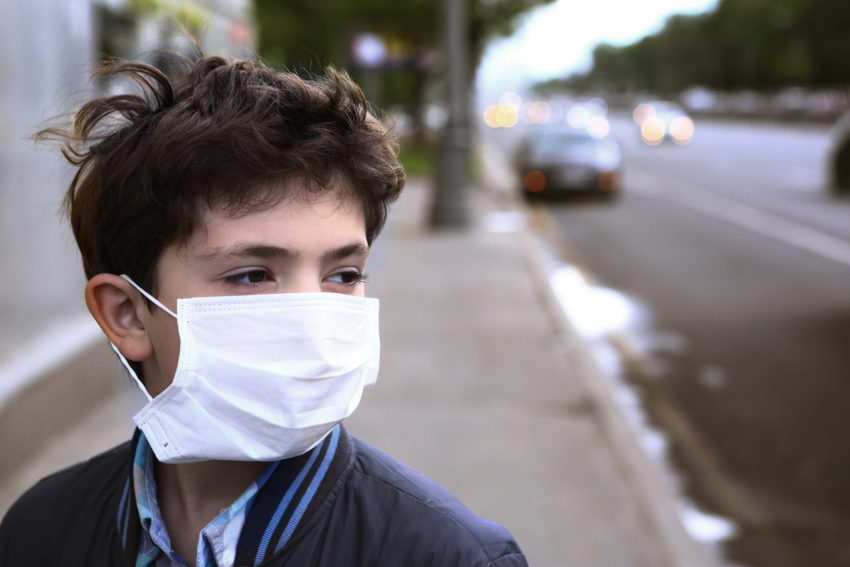
Share On Social!
Latino and all kids could have a higher risk for obesity based on the mere air they breathe.
A past study placed pregnant lab rats into two different chambers: one with polluted air from Beijing and one with filtered air. Parent and offspring rats in the first chamber gained more weight than the other rats. They were also more likely to have cardiorespiratory and metabolic dysfunctions.

Junfeng “Jim” Zhang, professor of global and environmental health at Duke University, wants to find out if this same risk applies to humans.
The National Institute of Environmental Health Sciences (NIEHS) has awarded Zhang a $2 million grant to study the effects of prenatal and early-life exposure to air pollution.
He will examine how birthweight and early childhood growth—two critical predictors of childhood obesity—relate to air quality.
“Despite the fact that 92% of the world population today lives in places where poor air quality exceeds healthy limits, no published studies have tested the possible critical time periods, including before conception, when air pollution may impact birth weight and child growth,” Zhang said.
How Will the Study Work?
Zhang will work for four years with colleagues from Duke, University of Southern California, the Children’s Hospital of Fudan University, and the Chinese Research Academy of Environmental Science.
The research team will follow 20,000 newborns in Shanghai during the first two years of their lives, monitoring their weight, growth, and other health data.

Afterward, they’ll use cutting-edge models to chart when and where the children were exposed to air pollution. They’ll also test how other external factors might relate to children’s weights. This includes family wealth, the mothers’ diets during pregnancy, and the parents’ smoking habits.
They hypothesize that exposure to air pollution during infancy, in the womb, or even before conception will increase risks for childhood obesity.
If their findings support this theory, it could help them determine “critical time windows” for newborn health.
The Bigger Picture
This study is important for the United States because childhood obesity is a big health threat here.
Obesity doesn’t just impact kids later in life: it harms them right now. Complications like diabetes, sleep apnea, and heart damage are usually only associated with adults. However, more and more children who have obesity are starting to face these problems, too.
This is important for Latinos, who have higher obesity rates than their peers.
 Zhang acknowledges that many major risk factors for obesity are well-known, like physical activity and caloric intake.
Zhang acknowledges that many major risk factors for obesity are well-known, like physical activity and caloric intake.
But we must consider all possibilities. Air pollution is an issue around the world and has been tied to diabetes. For instance, the air quality of Shanghai is comparable to that of Los Angeles.
Latinos face an especially high risk of living in polluted areas and roadways.
“Jim Zhang’s research had added immeasurably to our understanding of the connection between human health and the environment,” said Toddi Steelman, Stanback Dean of the Nicholas School of the Environment.
Learn more about air quality and obesity!
Explore More:
Air QualityBy The Numbers
24
percent
of Mexican American-nonsmokers are exposed to secondhand smoke



